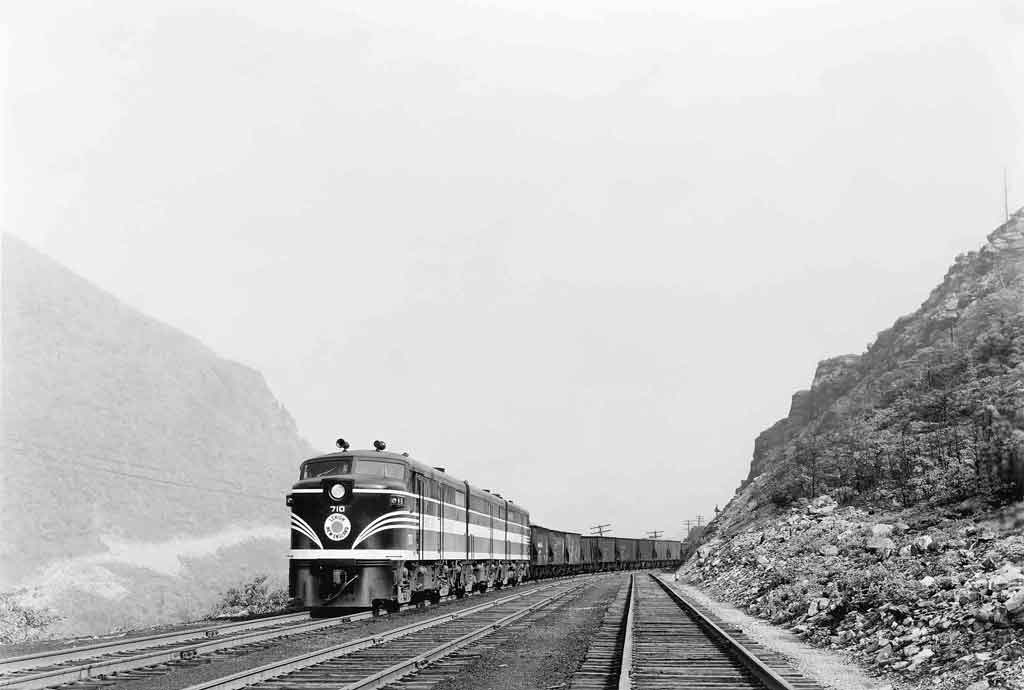
An A-B-A trio of 1,500 h.p. Alco freight diesels (in later nomenclature, two FA1’s and an FB1) rolls a train on the Lehigh & New England, a 178-mile anthracite hauler and Pennsylvania-New Jersey-New York bridge line that dieselized in 1949. Alco-GE photo […]
Read More…

Central Railroad of New Jersey box-cab No. 1000, built by an Alco/General Electric/Ingersoll-Rand consortium, gained the title of “first commercially successful diesel-electric locomotive” when CNJ put it to work on October 22, 1925. After a three-decade career, the unit was retired to the B&O Railroad Museum in Baltimore. CNJ photo […]
Read More…

Missouri Pacific 2-8-4 No. 1119 rolls a southbound freight over a new highway bridge at Austin, Texas, in 1948. Bruce F. Wilson photo […]
Read More…
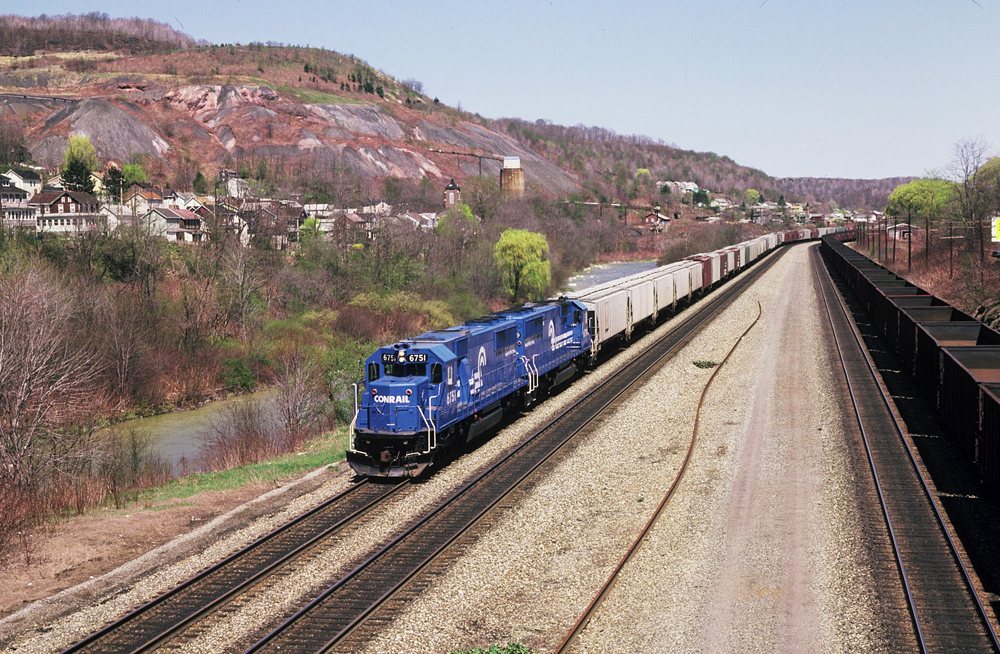
Mind-blowing Conrail facts Arguably, the Consolidated Rail Corp. story is one of the darkest and yet brightest chapters in American railroad history. Consolidated Rail Corp. or Conrail — originally spelled ConRail — was the government-led and financially backed bailout of six Northeastern railroads. In the late 1960s and early 1970s, the demise of the Penn […]
Read More…

Conrail locomotive Locomotives fascinate us, amaze us, and move us across landscapes — and our imaginations. A railroad selects locomotives based on factors that include operational need, affordability, maintenance cost, applicability for a certain service, and what models might be available at the time. Stories are woven throughout the industry’s history of locomotive models that […]
Read More…
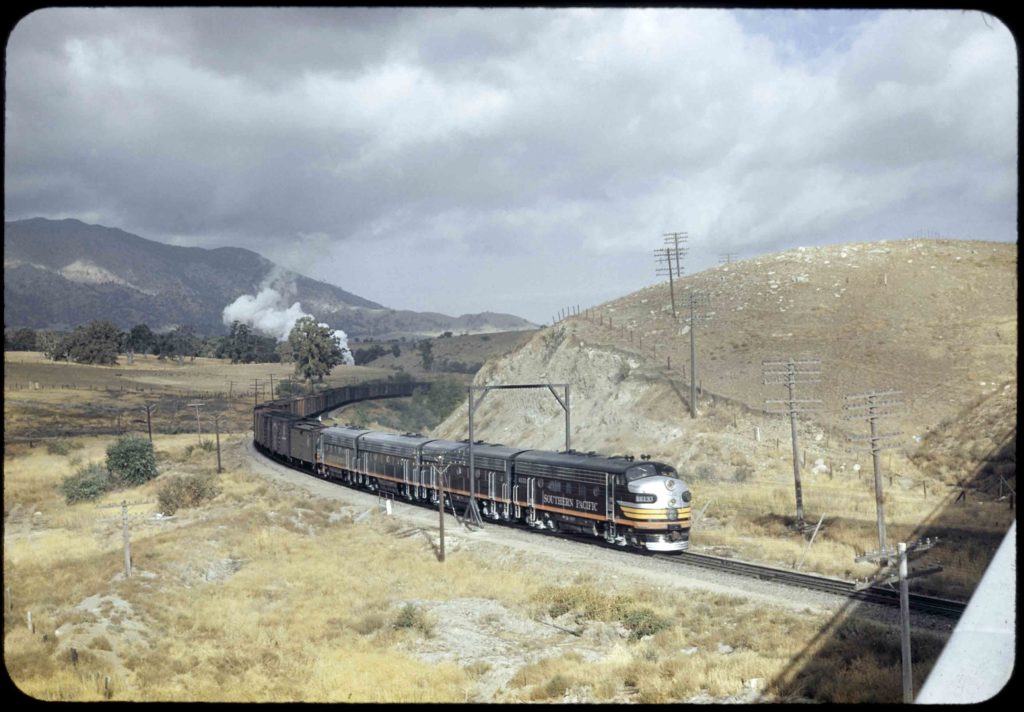
An A-B-B-A quartet of Southern Pacific F units dressed in the distinctive “Black Widow” livery lift an eastbound freight up into the town of Tehachapi, Calif., in 1949. Exhaust from a 4-8-8-2 cab-forward helper rises in the distance. Linn Westcott photo […]
Read More…
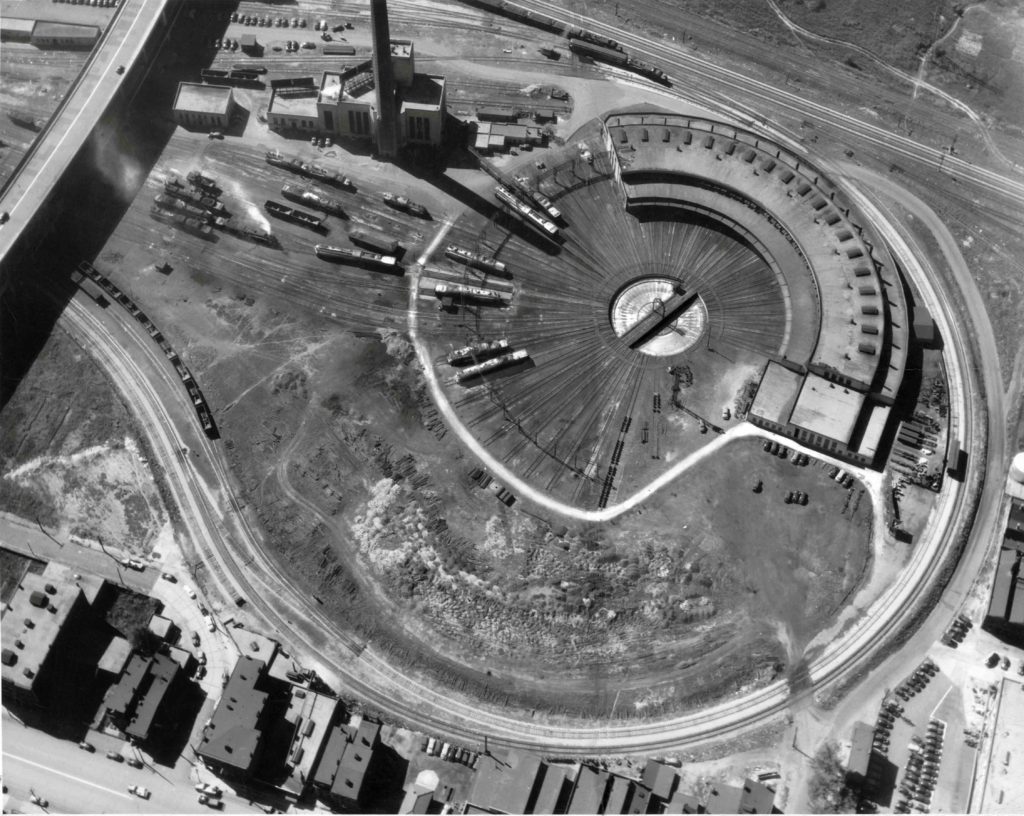
An aerial view from the 1940s shows the roundhouse for Cincinnati Union Terminal, opened in 1933. Marsh Photographic Studios photo […]
Read More…

Crowds swarm around Burlington Route 9901 and 9902, the original three-car Twin Zephyr diesel trains, during a publicity event before the pair entered service between Chicago and the Twin Cities in April 1935. CB&Q photo […]
Read More…
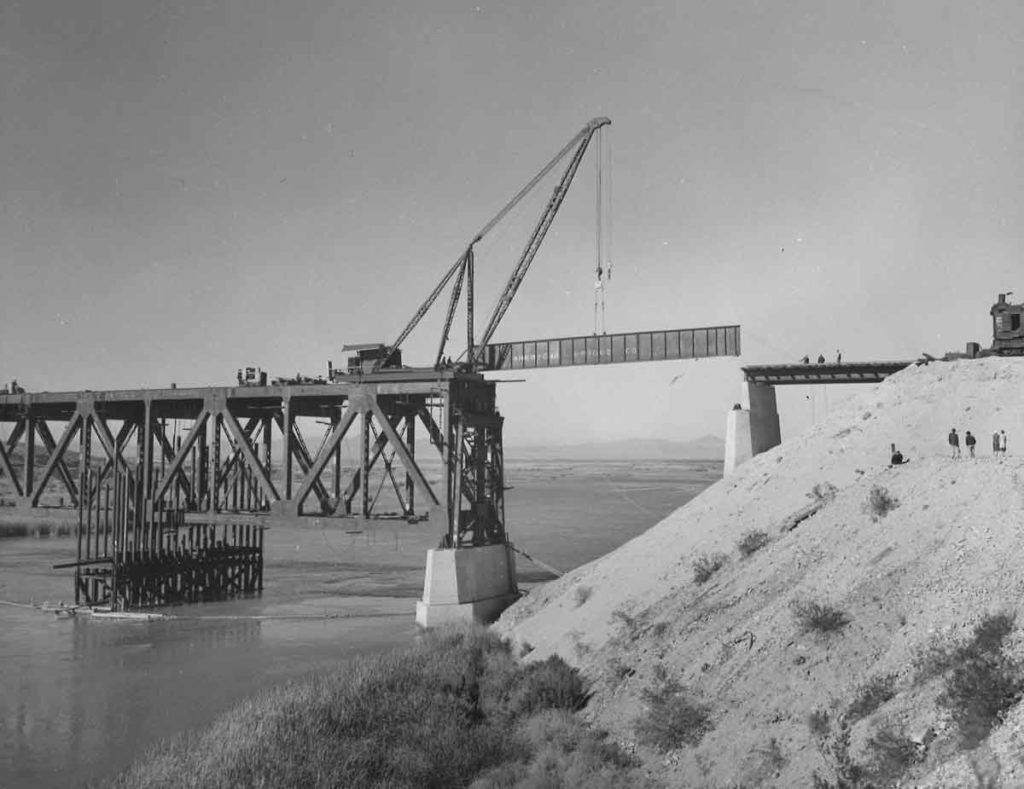
A crane places one of four 100-foot deck girders between piers 1 and 2 of the Santa Fe’s new bridge over the Colorado River at Needles, Calif. The double-track bridge opened in 1944 to replace a single-track span from 1890. Santa Fe photo […]
Read More…
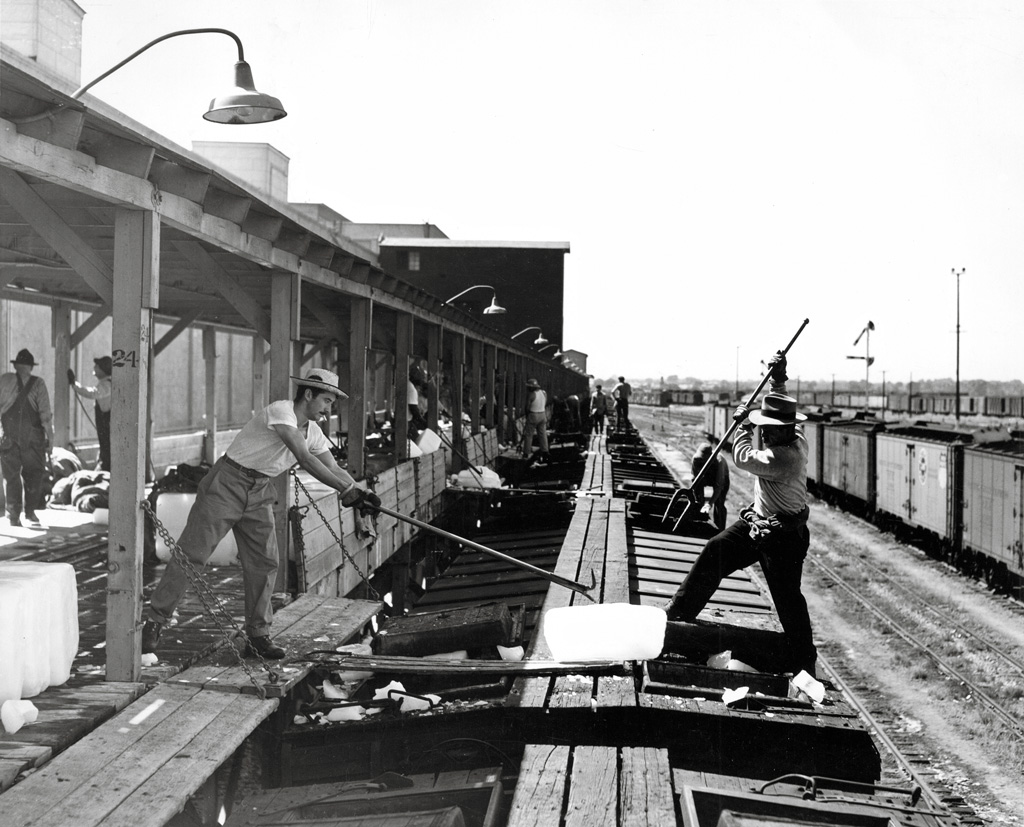
Workers load ice blocks into the end bunkers of refrigerator cars at the big ice dock at Roseville, Calif., on the Southern Pacific in 1948. Jim Morley photo […]
Read More…
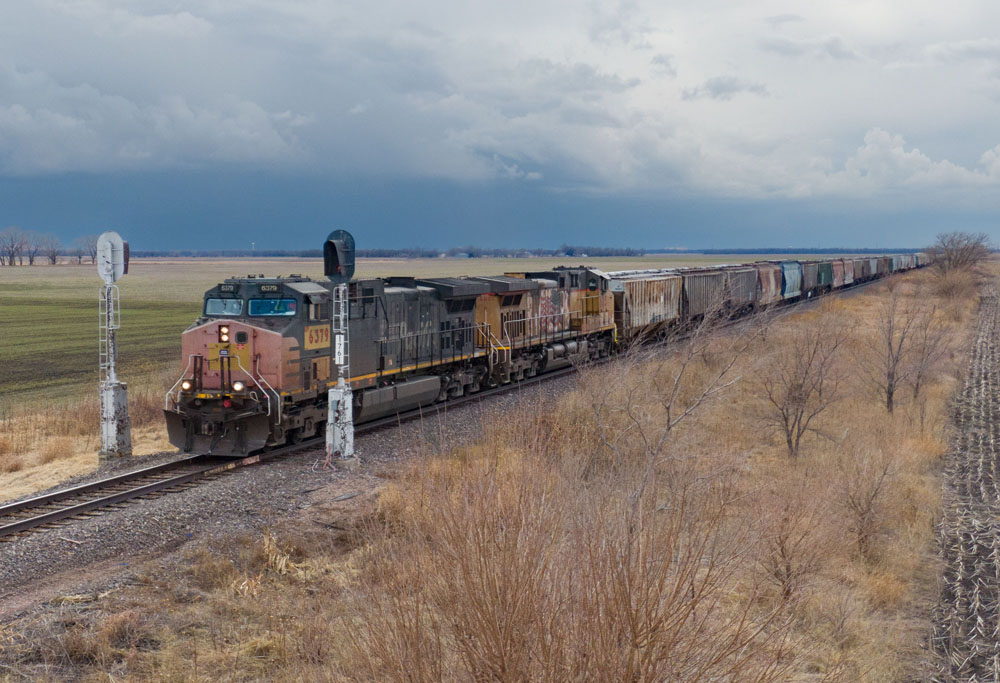
Heritage locomotives Over the last few decades, railroads have rolled out dozens of specially painted locomotives. Whether they were wrapped or painted, we’re fortunate to live in an era where honoring a company’s past is so visual. We are also lucky we live in an era where paint booths are far and few between and […]
Read More…
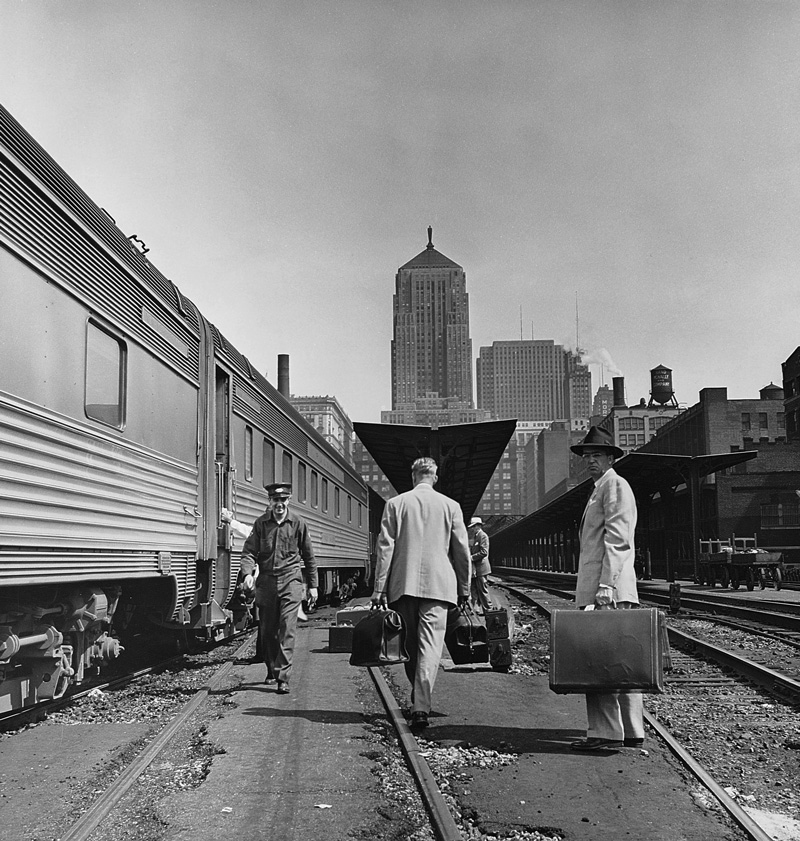
A red cap walks past businessmen who’ve just arrived at Chicago’s LaSalle Street Station on New York Central’s New England States streamliner one morning in 1952. Wallace W. Abbey photo […]
Read More…












